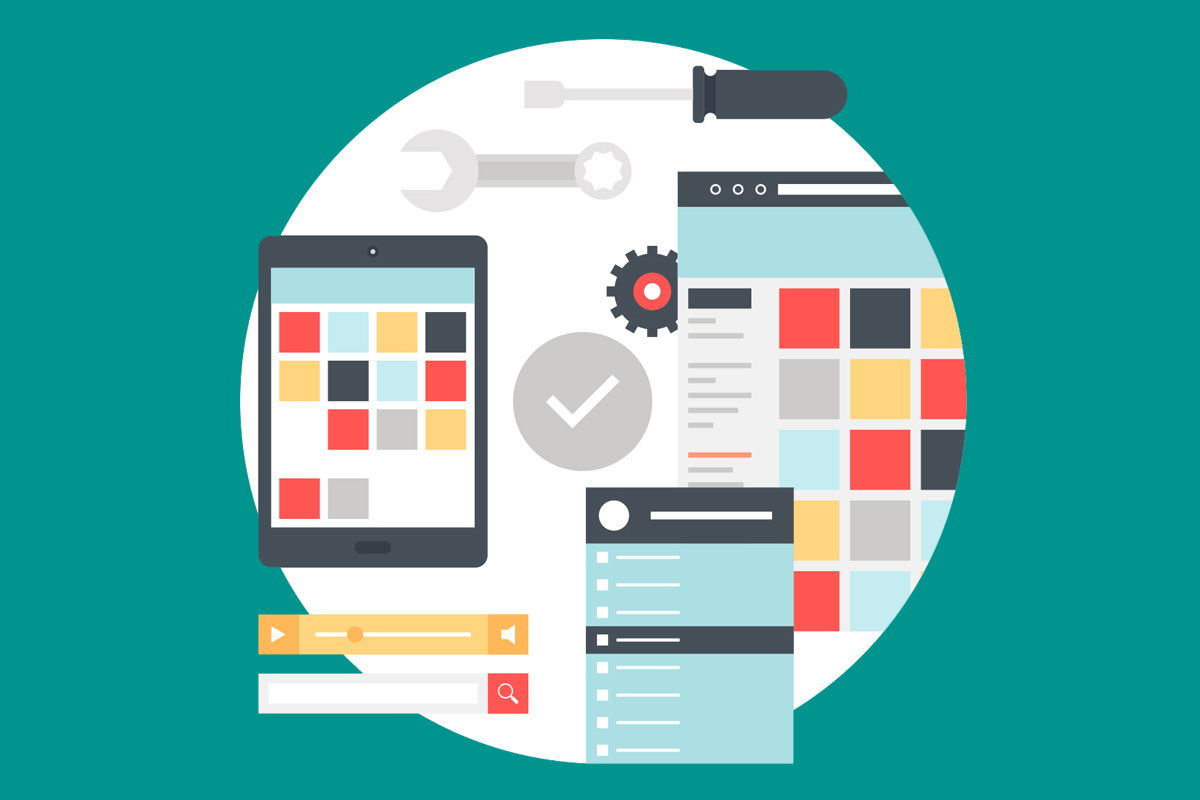The growth of mobile apps and the drop in desktop browsing have made it necessary for enterprises to construct mobile-friendly websites. Today, every business requires web applications that deliver a smarter consumer experience across platforms, devices and browsers. And, that's the primary reason developers have to concentrate thoroughly on a web site or application's functionality, availability, usability, performance, and security to improve its user experience. Anyway, the testing professionals have to rate all phases of the web application under diverse user requirements to assess its consumer experience specifically.
Day by day, as sites need to be evaluated across various distinct locations, the specialist QA professionals need to give additional time and efforts to measure all aspects of the web site efficiently. At precisely the exact same time, testing professionals also need to bear in mind a variety of best practices to invigorate the web software testing procedure and deliver secure test results.
Here are the best practices for proficient QA Testers to quicken Web Application Testing
Focus on Cross-Browser Compatibility Testing
Most enterprises nowadays prefer responsive web design to make their web applications produce a more intelligent user experience on each and every apparatus. Currently, older versions of several web browsers do not support HTML5 completely. Thus, software testers need to monitor how the app performs on both older as well as the most recent versions of big browsers. They can even use specific automation tools to check the program across multiple browsers effortlessly and quickly.
Quantity Program's Performance Under Multiple Circumstances
So as to rate the actual operation of the program on all browsers and devices, it's more important to ensure that it does not crash under heavy loads. Sometimes, minor defects or flaws in the coding or design can affect the site's performance adversely. Thus, software testers must assess how the application functions under varying loads. They use load testing tools to evaluate the functioning of the application under varying loads on the host efficiently. Furthermore, they ought to perform load testing regularly to make certain the performance of the site isn't influenced by the changes made to the code.

Test Every Element of a Web Program
Whilst studying a web application, nowadays QA professionals usually concentrate on functionality, features, and functionality. But an enterprise must ask application testers to evaluate each and every necessary part of the website in context to its functionality and execution. For E.g., QA specialists must assess the crucial principles of this internet application which include Cookies, CSS, HTML, JavaScript, dead-links, windows reframing, browser control and security. Extensive testing is likely to make the site provide a much better user experience within an extended period of time.
Employ the Load Tests in Intervals
So as to evaluate the site's performance under varying loads, it is quite essential for QA professionals to quicken load testing. However, something that has to be performed is load tests over multiple periods to assess if the web application performs under varying load circumstances. During the beginning stages, they gradually increased user load in order that they may perform load testing and thus it would make simple for testers to classify the exact point where the web application crashes. However, software testers have to perform load tests over several periods and analyze the loading testing consequence of each interval to evaluate the performance of the website appropriately.
Most web programs nowadays utilize numerous sorts of internet services. But an enterprise needs to be totally certain that the services used by the program are tested individually and thoroughly and as different elements. QA professionals should test web services until they are combined with the application. This will enable them to examine the web services immediately with greater control over their functionality. Along with this, testers can also send a request to the web browser straight off and assess its performance without using a web browser.

Pick up the Ideal Factors for Usability Testing
QA professionals should evaluate the UI interface in addition to the consumer experience of web software to produce accurate test results. They must also perform endurance testing based on the most suitable factors. And at the exact same time, a business should select a number of key factors like UI design, functionality, speed, content readability, advantage, and navigability. The testers must adhere to all potential user actions to inspect the time period necessary to perform certain tasks.
A business automates UI testing attempts for web apps to instantly check the appearance and feel, performance and usability of their internet application across multiple internet browsers. What's more, in addition, it concentrates on the development, support, and maintenance as well as reusability of automated tests to test the front-end of this web application better.
Use IT Professionals
Firms adopt agile methodology or DevOps that are both currently on the rise. Agile methodology desired businesses to unite testing activities as well as software development. DevOps needs professionals to combine software testing, development and deployment activities. Consequently, software testers need to completely understand how to work with IT professionals and development teams.
Many users experience several forms of applications whether they are net, desktop or mobile-based. And considering that the selection of devices, the ease of accessibility has increased substantially since the last few decades. Day by day, testing is getting complicated since there are countless developments in the software industry.
Comments
Post a Comment